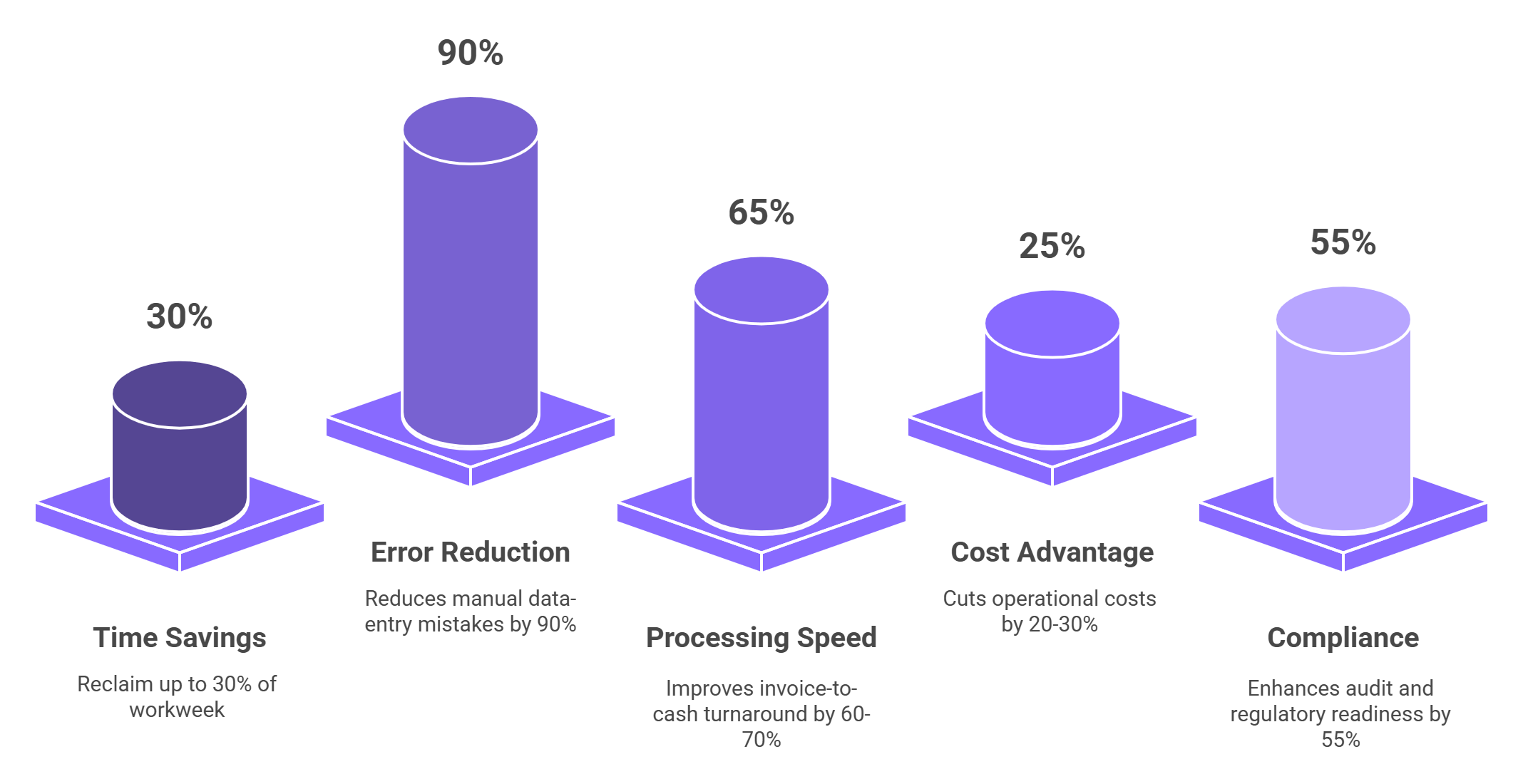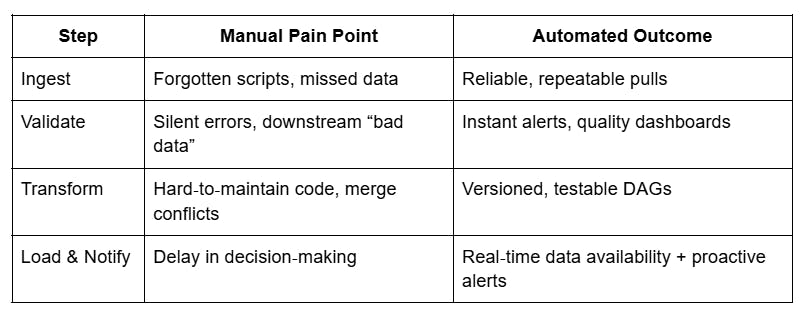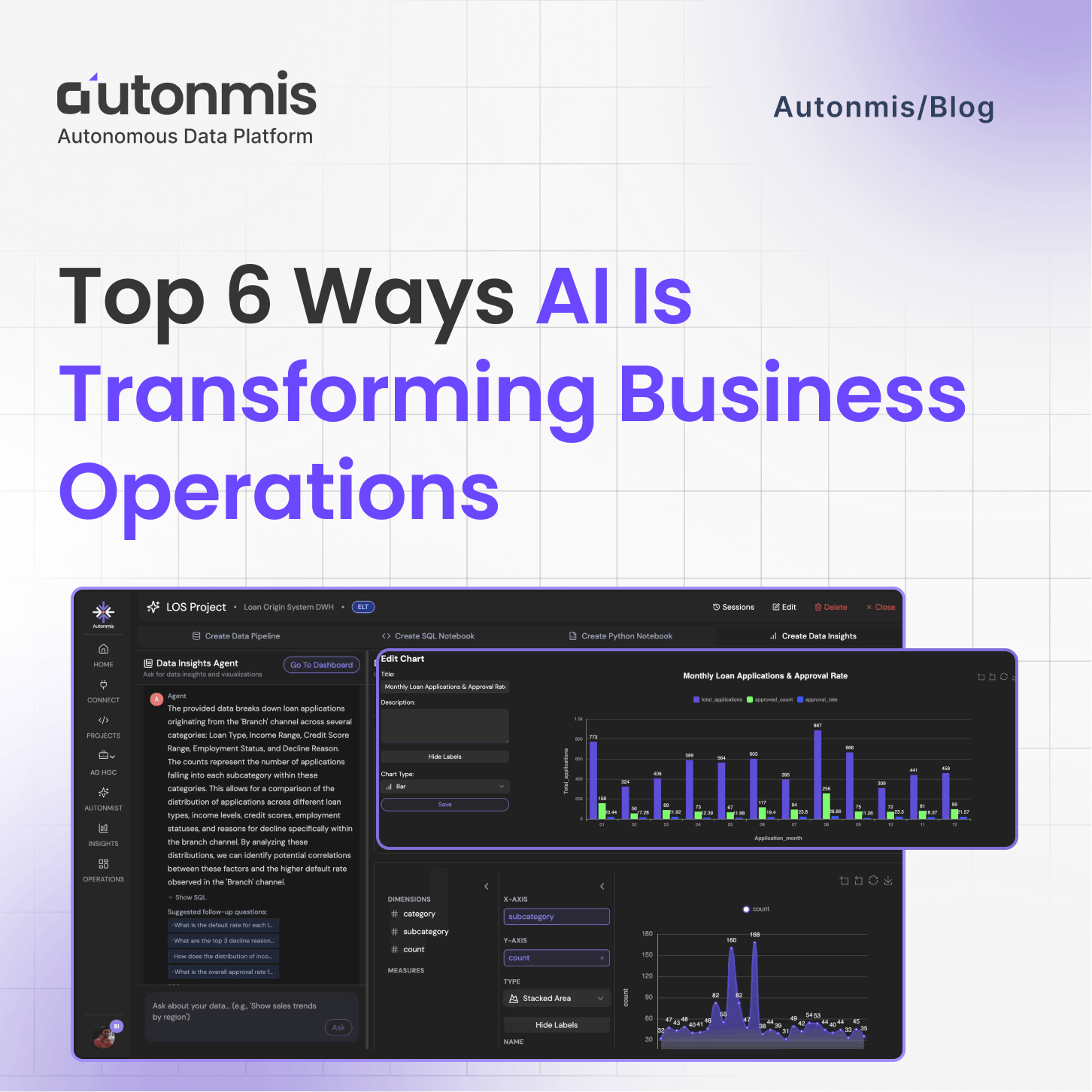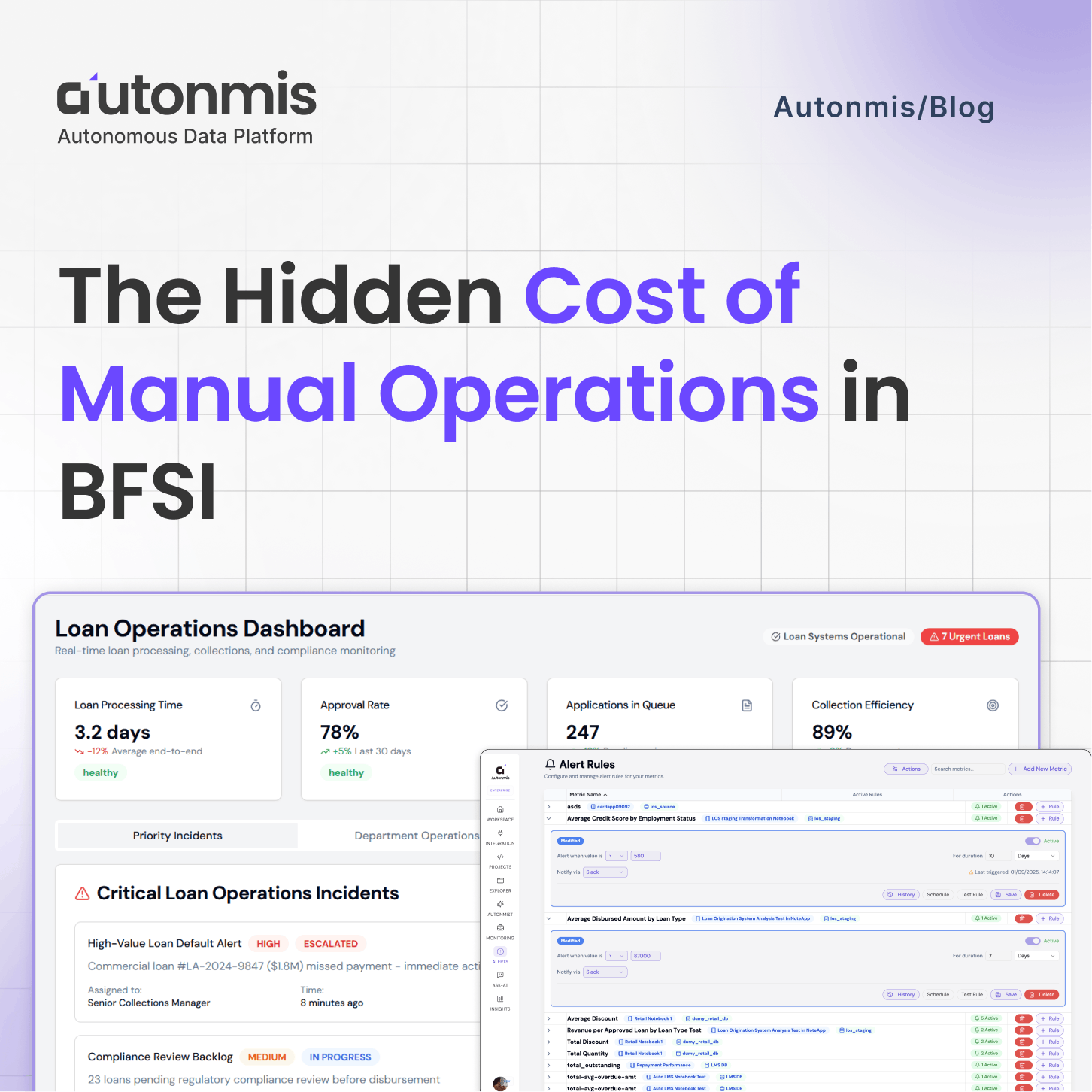Invalid Date

AB
What Is Data Workflow Automation? Why it Matters
TL;DR: Data workflow automation replaces manual, repetitive data tasks with reliable, end-to-end automated pipelines - saving time, reducing errors, and boosting productivity. Understanding data workflow automation is key for modern teams looking to scale operations efficiently and make faster, data-driven decisions.

Data teams waste up to 20% of their week wrestling with CSVs, cron jobs, and failed scripts - long before they ever see a single insight. Your CEO’s dashboard is stale by the time you’ve debugged yesterday’s load, and every morning feels like triage.
What if instead of firefighting data fires, you could spin up a self‑driving pipeline that ingests, cleans, transforms, and delivers insights - automatically? That’s the power of data workflow automation: swapping manual busy‑work for reliable, end‑to‑end data flows that let you focus on analysis, not admin.
What Is Data Workflow Automation?
At its simplest, data workflow automation uses software to orchestrate end‑to‑end data tasks—ingestion, validation, transformation, delivery - so they run automatically and reliably. Instead of manual scripts and ad‑hoc cron jobs, you define:
- Triggers (e.g., “When a new file lands in S3…”)
- Tasks (“…parse it, validate schema, load into Redshift…”)
- Notifications (“…then post a summary in Slack.”)
Once built, the pipeline handles every run - on schedule or event - while providing real‑time visibility and alerts on failures.
Why It Matters: The Real‑World ROI
Organizations around the world aren’t just automating workflows for fun - they’re doing it because the results are measurable and meaningful. Let’s break it down.
- Time savings are one of the most immediate gains. According to a McKinsey-backed study via CustomWorkflows, employees can reclaim up to 30% of their workweek - that’s nearly 12 extra hours per person, per week - just by automating repetitive data tasks.
- Error reduction is another big win. Manual data-entry mistakes are not only frustrating but expensive. Automation reduces these errors by up to 90%, as reported in the ZipDo Education Report, by enforcing consistent validation rules and removing human variability.
- Processing speed gets a serious boost, too. In invoice-to-cash processes, automation can improve turnaround times by 60–70%, as seen in a Capgemini case study. That’s not just faster - it’s revenue acceleration.
- Then there’s the cost advantage. By reducing manual dependencies and optimizing workflow execution, companies are cutting operational costs by 20–30%, according to the WorldMetrics Report.
- Lastly, let’s talk about compliance. With automation in place, 55% of organizations report better audit and regulatory readiness. Automated logs, alerts, and documentation help teams stay compliant without scrambling at the last minute.
Bottom line: Automation doesn’t just improve efficiency - it delivers hard ROI. Most teams see a return on their investment within 6 to 12 months of rolling out their first automated data workflow.

Checkout: The Role of AI in Business Intelligence in 2025
How It Works: A 4‑Step Blueprint
- Ingest
- Before: Manual CSV/API pulls
- After: Scheduled or event‑driven extracts via tools like Apache Airflow or Fivetran
- Validate & Clean
- Before: Ad‑hoc Python/Excel checks
- After: Schema‑driven rules, null/duplicate filters, auto‑notifications on failures
- Transform & Enrich
- Before: Hand‑coded SQL/ETL scripts
- After: Parameterized DAGs or low-code transformations (e.g., dbt, SnapLogic)
- Load & Notify
- Before: Manual pushes to BI, email alerts
- After: Auto‑load to warehouses, dashboards, and Slack/email summaries

Checkout: Top 10 Data Analytics Trends in 2025: What You Need to Know
Hidden Gems (<1% Edge)
- Dynamic DAG Generation
Tools like Airflow enable parameterized DAG factories that spawn per‑customer pipelines based on metadata - no copy‑paste needed. - Agentic AI Workflows
Next‑gen platforms (e.g., SnapLogic’s AgentCreator) embed AI agents that auto‑tune performance and adapt schemas in real time. - DataOps + MLOps Convergence
Blend model retraining into your pipelines—so your predictive analytics update automatically as new data flows in, cutting model drift by 40% (industry estimate).
5‑Step Implementation Roadmap
- Audit & Map
- List all manual data tasks; estimate hours spent.
- Select a Pilot
- Pick a high‑impact, low‑complexity process (e.g., daily sales ingestion).
- Choose Your Stack
- Orchestration: Apache Airflow or Prefect
- iPaaS/Low‑Code: SnapLogic, Fivetran
- Transformation: dbt or built‑in tools
- Build Humans‑in‑the‑Loop
- Keep manual review gates for sensitive datasets or anomaly cases.
- Measure & Iterate
- Track KPIs: hours saved, error rate, cycle time. Optimize each sprint.
Asia‑Pacific leads the charge with a 12.5% CAGR in data automation spend, and India ranks among the top 3 markets globally, driven by rapidly maturing analytics teams and cloud adoption.

Checkout: Top 6 Benefits of Using a Unified Data Platform in 2025
FAQs
Q: What tools power data workflow automation?
A: Popular choices include Apache Airflow, Prefect, dbt, Fivetran, SnapLogic, and enterprise suites like Informatica and Talend.
Q: How long does implantation take?
A: A modest pilot can live in 4–6 weeks, with full rollout in 3–6 months depending on scale.
Q: Is coding required?
A: Basic pipelines often need SQL/Python skills, but low‑code platforms empower analysts to build end‑to‑end flows without deep engineering support.
Conclusion: Your Next Move
If you’re still manually running scripts or pasting CSVs, it’s time for a change. Start small, measure impact, and scale fast. By automating your data workflows, you’ll reduce errors by up to 90%, reclaim hours every week, and accelerate insights that drive revenue.
“Automation isn’t about replacing humans - it’s about unleashing them.”
Recommended Learning Articles

10/23/2025
Top 6 Ways AI Is Transforming Business Operations

9/22/2025

AB
The Hidden Cost of Manual Operations in BFSI
Actionable Operational Excellence
Autonmis helps modern teams own their entire operations and data workflow — fast, simple, and cost-effective.